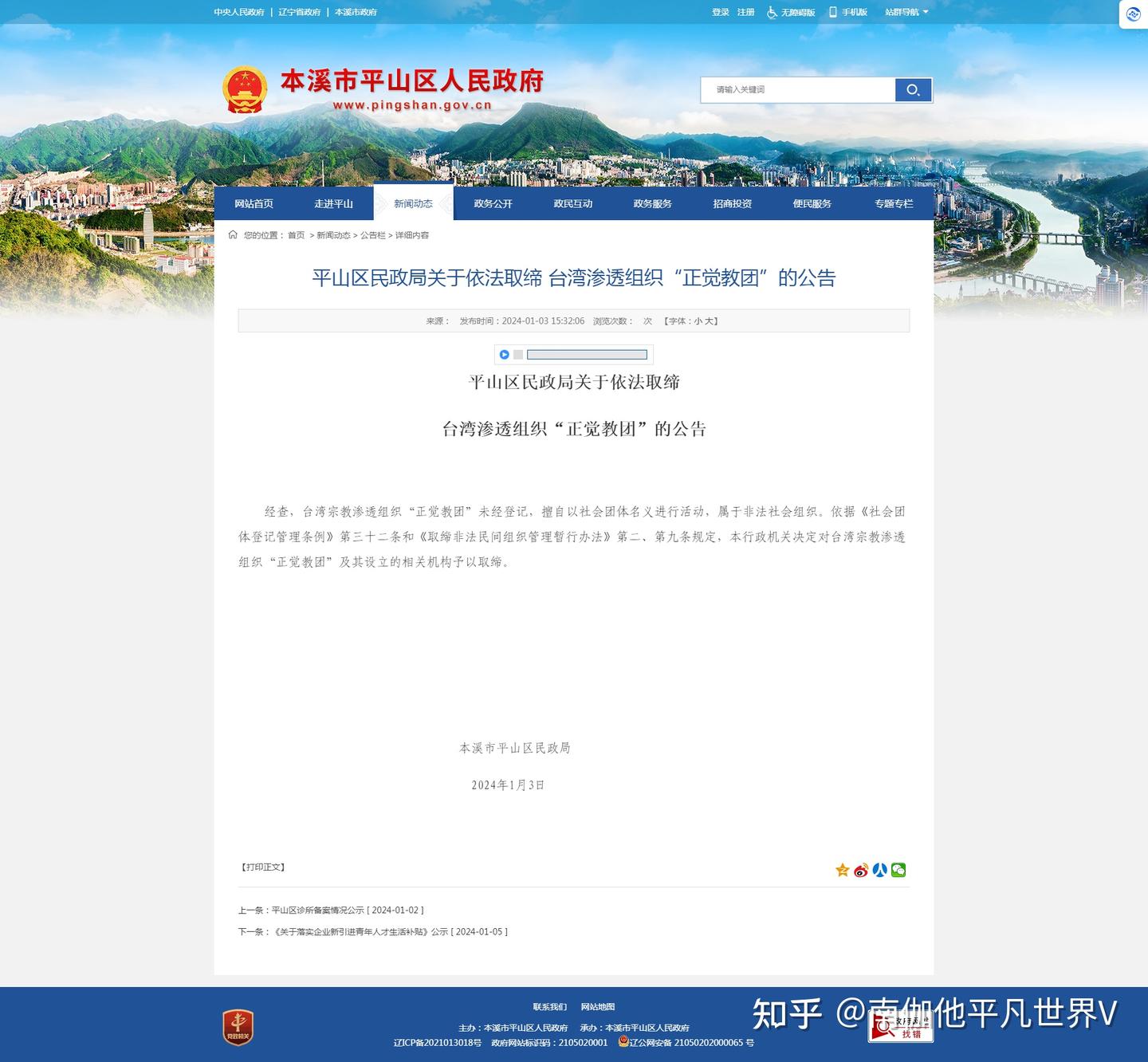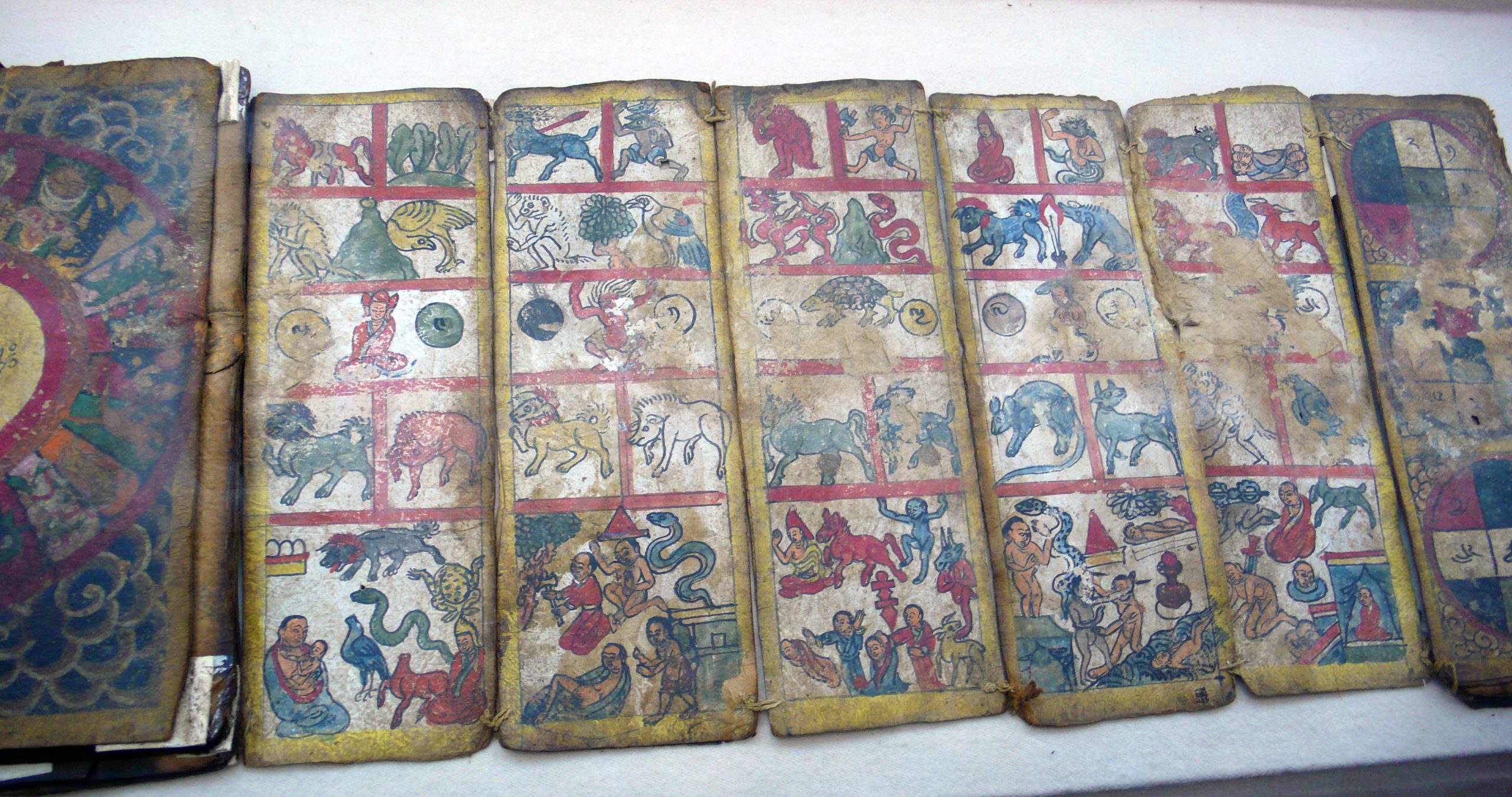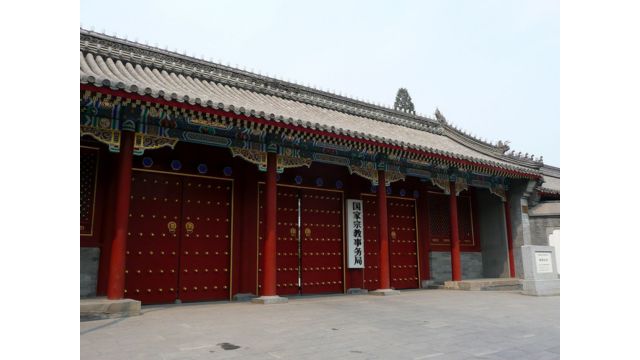Denied its traditional clothing and identity, a Chamic-speaking people in Hainan Island is challenging the CCP with public protests.
by Massimo Introvigne
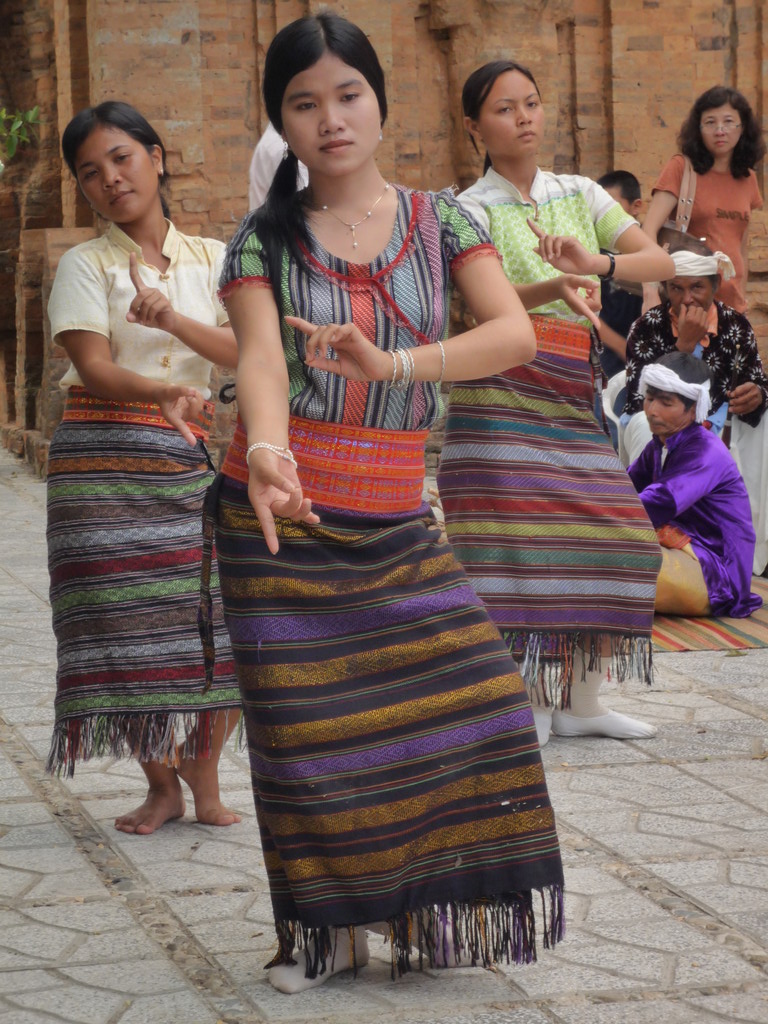
Girls wearing the hijab, the traditional Muslim headscarf, sit outside their school in China, watched by the police. They protest by refusing to remove their hijabs, something the authorities now request as a pre-condition to attend classes. This is not Xinjiang, but Hainan Island, the southernmost province of China. Yet, even there Muslims are not left alone by the new forced sinicization policy of the CCP.
China lists 55 “recognized nationalities” (minzu, 民族), but its minorities are much more than 55. The others are victims of “paper genocide,” meaning that their very existence is denied, and they are forcibly “merged” with one of the 55 recognized minzu. One of these groups is the Utsul minority in Hainan Island. They are officially classified as Hui, a label normally applied to Han Chinese whose religion is (or was) Islam.
However, the Utsuls are not Hui. Ethnically and linguistically, they are not Han Chinese. They are part of the Chamic family, which includes populations found in Indonesia, Vietnam, and Cambodia. Their language has nothing to do with Chinese. The people called Utsuls in Hainan lived in Vietnam, in the Champa kingdoms that succumbed to subsequent waves of Vietnamese invasions. As usual, invasions generate refugees, and those fleeing Champa started arriving in Hainan in the late 10th century, with a significant second wave in the 15th century. In fact, most Chams settled in Cambodia. Only a minority sought refuge in China.
In Hainan, they were largely free to maintain their customs, language, and Muslim religion, until they were persecuted by the Japanese invaders, who killed some 4,000 Utsuls during World War II. Even the CCP for decades left the Utsuls alone, as part of a policy regarding ethnic minorities in Hainan more as curiosities for tourists than threats.
Now, the situation has changed. In 2019, the CCP issued a text known as “Working Document regarding the strengthening of overall governance over Huixin and Huihui Neighbourhood,” i.e. the parts of the city of Sanya, Hainan, predominantly inhabited by Utsuls. The document calls for demolition of mosques with “Arabic” features. They may eventually be rebuilt in a “sinicized” version, but each mosque should have a CCP member in its managing committee. Utsuls who are Party members should be kept under surveillance, and expelled if they are caught praying or practicing Islam. Signs with the words “Islamic” or “Halal” should be removed from the shops. Surveillance on the Utsul population as a whole should increase.
All these measures have been implemented in Xinjiang, and justified by the CCP with the need of preventing “extremism,” “separatism,” or “terrorism.” However, there are no “separatists” among the Utsuls, and their Islam was never regarded as radical or threatening before. What is happening to the Utsuls confirms that the CCP’s target is religion per se, rather than any risk of extremism or terrorism, and that the program of cultural genocide against the minorities is carried out in every remote corner of the country.
This program, however, is generating protests. Even the small Utsul minority, with a population of 10,000, is resisting forced sinicization. When schoolgirls were told they cannot enter their classrooms with hijabs or long skirts, they decided to sit outside the schools and protest. The police came immediately. As it is happening in Inner Mongolia, a severe crackdown is to be expected. The Utsuls are just another casualty of Xi Jinping’s brutal sinicization program. They may only hope that somebody in the international community would notice what is being done to them.
Source: Bitter Winter



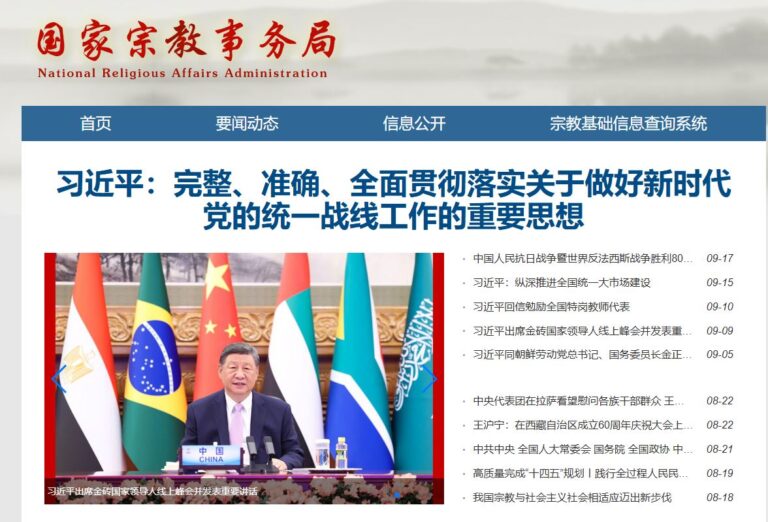
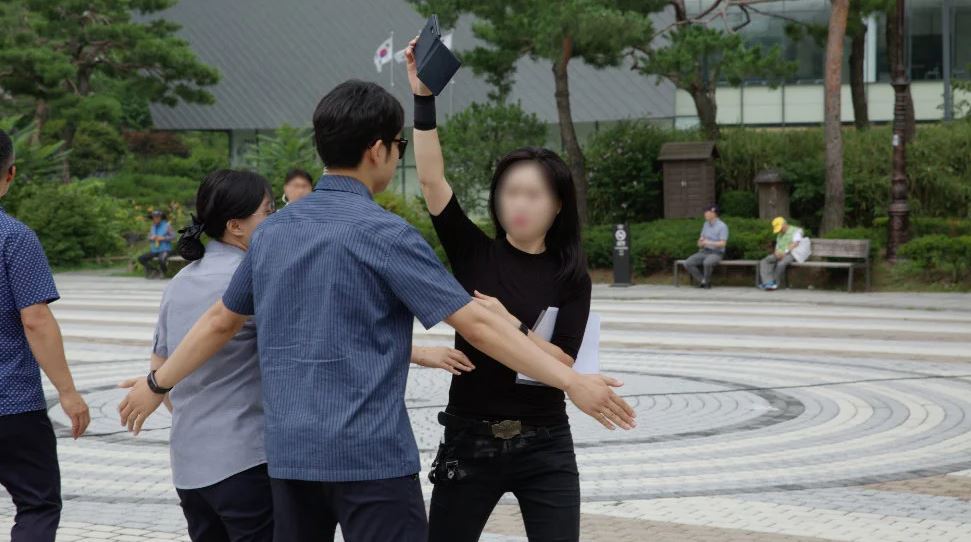
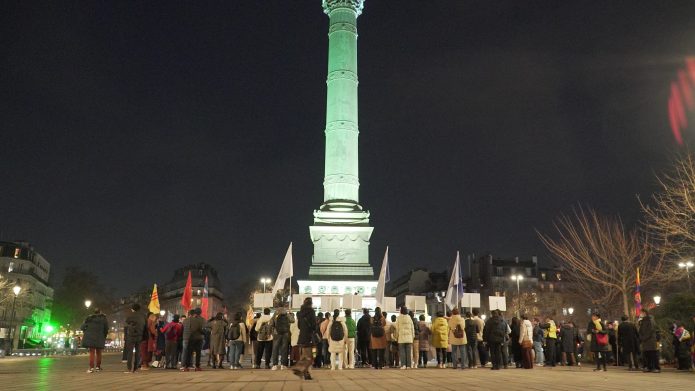
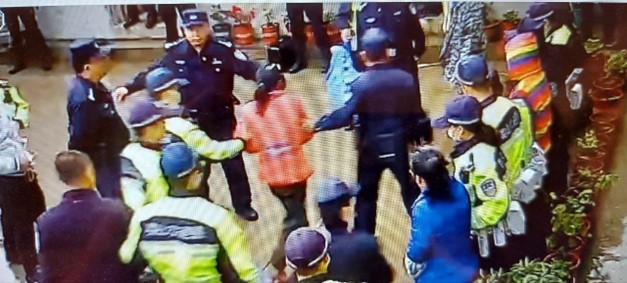
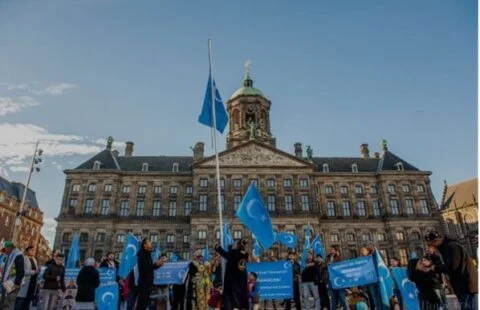
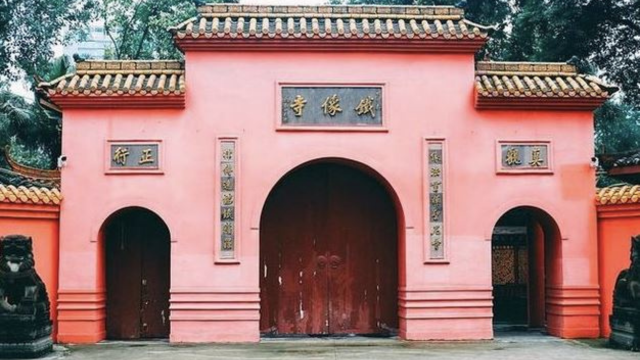
.jpg)
